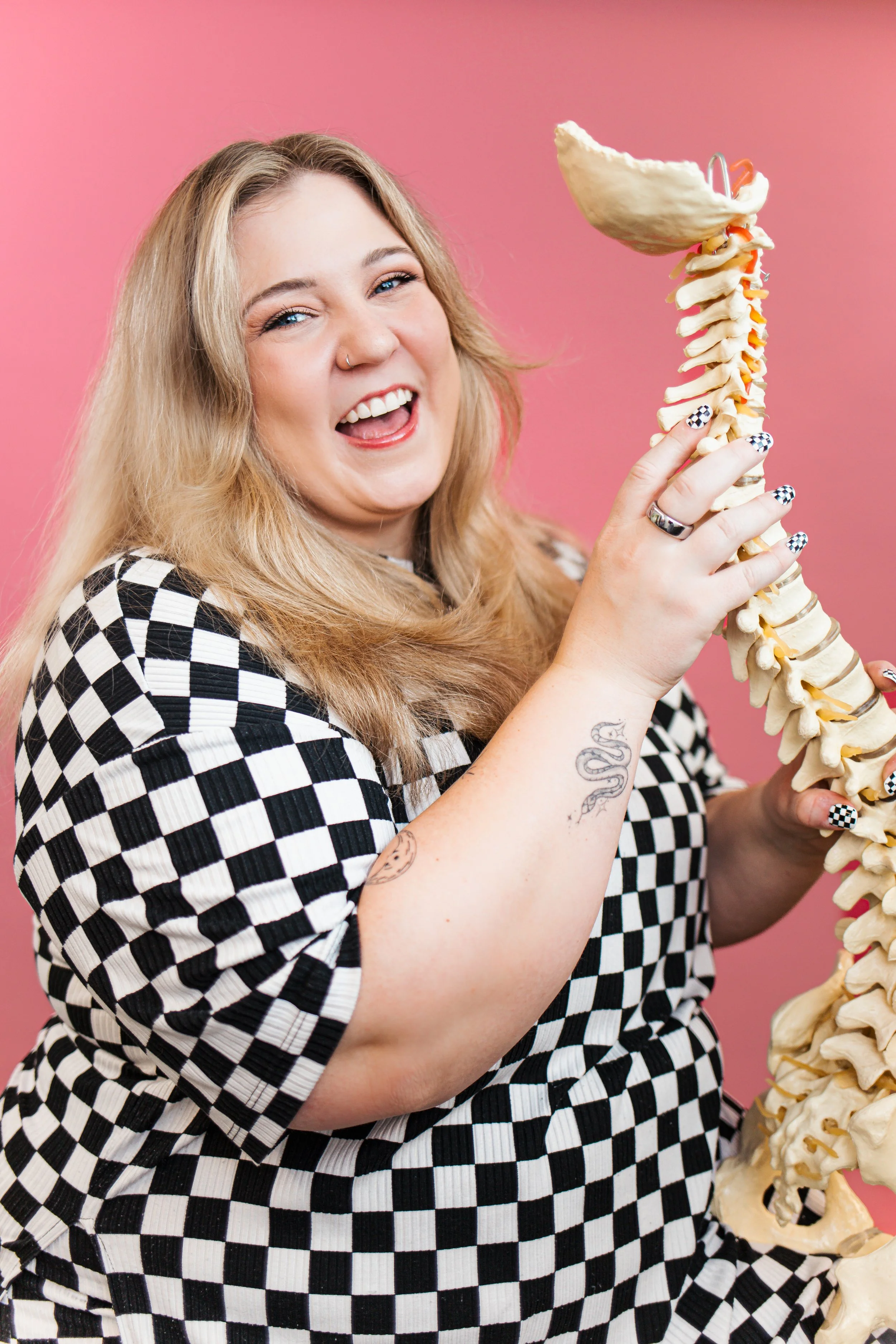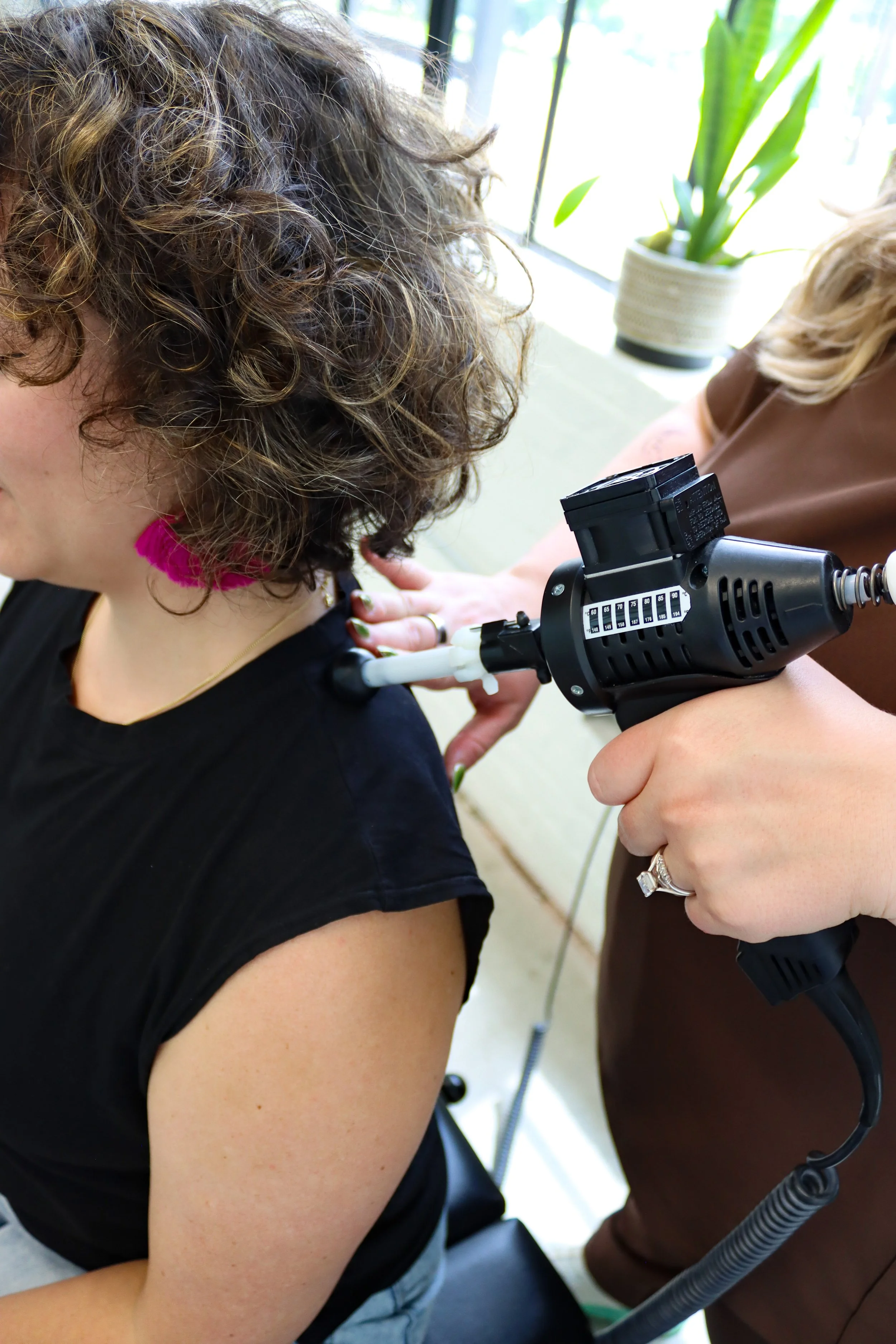We couldn’t be happier to welcome you to
Alamance Family Chiropractic
Thank you for trusting us to walk this wellness journey with you—we’re here to listen, support, and cheer you on every step (and stretch) of the way.
Our goal?
To help you feel strong, balanced, and totally at home.
-Dr. Patty Denault, DC
Your all-inclusive holistic healthcare provider
At Alamance Family Chiropractic, we treat your health like family—and who doesn’t need a little extra care (and maybe a good laugh) these days? Whether you’re realigning a stubborn back, taming a tired mind, or just looking for a moment of “me time” between soccer practices, you belong here. Our team is your wellness cheer squad: ready with real answers, warm smiles and fun along the way. You deserve to feel strong, balanced, and truly looked after—let’s make your wellness journey a happy one, every step (and stretch) of the way.
It’s a beautiful day for an adjustment.
What is chiropractic?
How We Can Help
Alamance Family Chiropractic makes holistic care relatable and easy to understand by being a practice rooted in education and research, providing solutions to those who believe their dreams of a life without pain and suffering are unattainable.
Who We Serve
Alamance Family Chiropractic addresses the needs of families who are interested in preventative, functional and alternative medicine to improve their quality of life.
Where we talk about the importance of physical, mental, emotional and neurological health for your overall wellbeing.
The Well Adjusted Blog
The Wellness Shop
Promote wellness at home with top rated chiropractic essentials curated and approved by Dr. Patty.
JOIN ME
Wellness Circle Members
We believe that empowering women and families starts with bold partnerships that go beyond business—as a team, we can make a real difference.
Are you as passionate about wellness and family-centered care as we are at Alamance Family Chiropractic?







